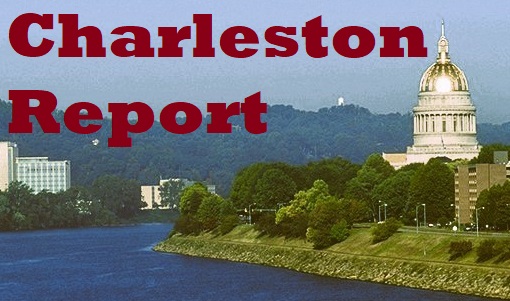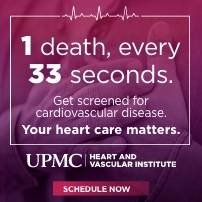January 26th, 2018 by WCBC Radio
The Maryland Department of Health today released data for unintentional fatal overdoses through the third quarter of 2017. During this nine-month period, which encompasses January through September of 2017, there were 1,501 opioid-related deaths in the state, including 1,173 fentanyl-related deaths.
The largest increases in overdose deaths continue to be related to fentanyl and from cocaine use combined with opioids, however there has been a slight decline in the overall number of heroin-related and prescription opioid-related deaths when comparing third quarter data for 2016 and 2017.
“The Department issued a warning against fentanyl in 2016 and I want to reiterate the dangers of it and other synthetic drugs, which are the leading cause of overdose deaths in Maryland,” said Secretary Robert R. Neall. “We implore Marylanders who are grappling with substance use disorders and are taking illicit substances to seek treatment immediately, and for others to take advantage of the standing order for naloxone by learning how to administer it and carry it with them.”
For the second quarter in a row, the largest increases in overdose deaths continue to be fentanyl-related and from cocaine use combined with opioids. Over the first three quarters of the year, the percentage of opioid-related deaths involving fentanyl increased from 56 percent of all opioid-related deaths in 2016 to 78 percent in 2017. Throughout 2016, the number of heroin-related deaths exceeded the number of fentanyl-related deaths; this trend has reversed in 2017, with fentanyl-related deaths outpacing heroin-related deaths in each quarter. More than two-thirds of all overdose deaths through September 2017 involved fentanyl.
The number of fatal cocaine overdoses increased 47 percent in the first nine months of 2017, compared to the same time in 2016. Much of this increase is due to fentanyl being combined with cocaine, often unbeknownst to the user. Fentanyl was present in 50 percent of fatal cocaine overdoses in 2016 and 68 percent in 2017, for the period of January through September.
The total number of heroin-related and prescription opioid-related deaths, which were flat in a comparison between the second quarter data for 2016 and 2017, have started to show a slight drop. Through the third quarter of 2017, the number of heroin-related deaths fell by 56 when compared to the first three quarters of 2016. Prescription opioid-related deaths fell by 11 during the same period.
Maryland has expanded access to naloxone, a life-saving drug that reverses opioid drug overdoses. On June 1, 2017, Health’s Public Health deputy secretary, Dr. Howard Haft, issued a standing order that allows pharmacies to dispense naloxone to individuals who may be at risk of an overdose or anyone who may be able to help someone who overdoses. This action is authorized through legislation signed by Governor Larry Hogan. Naloxone safely and effectively reverses an overdose and has a low risk for adverse effects. This simplifies the previous process where it could be dispensed only to those trained and certified under the Maryland Overdose Response Program. Pharmacies play an important role in providing access to naloxone and counseling on how to recognize and respond to an opioid overdose. Fentanyl and carfentanil may require multiple doses of naloxone to be administered to help victims overdosing on those substances.
"We continue to push resolve, momentum, and coordination, as well as a balanced approach of prevention, enforcement, and improving access to treatment," said Clay Stamp, executive director of Maryland’s Opioid Operational Command Center. "Through our statewide partnerships and collaboration, we are committed to educating our citizens about the grave dangers of opioid addiction, while connecting those in need of treatment to the resources they need to get better."
Fighting the heroin and opioid epidemic in Maryland has been a top priority of the Hogan-Rutherford administration. The Department of Health, in partnership with the Opioid Operational Command Center and other state agencies, continues to collaborate with federal, state, and local partners to fight to reduce the number of overdoses and resulting fatalities in a multitude of ways.
Marylanders can find treatment resources at MdDestinationRecovery.org, BeforeItsTooLateMD.org and the Maryland Crisis Hotline, 1-800-422-0009.
Marylanders who need help finding substance related disorder treatment resources should visit MdDestinationRecovery.org, BeforeItsTooLateMD.org, or call the Maryland Crisis Hotline, which provides 24/7 support, at 1-800-422-0009. If you know someone who could use treatment for substance related disorders, treatment facilities can be found by location and program characteristics through our Website here.




.jpeg)












